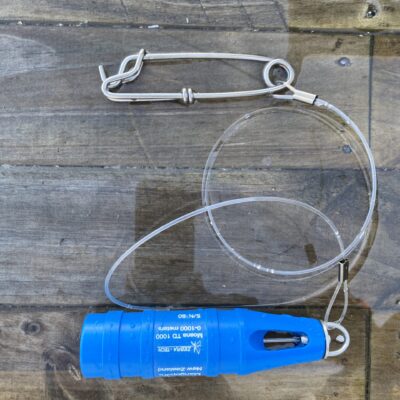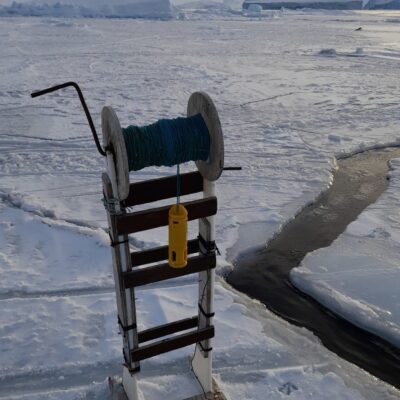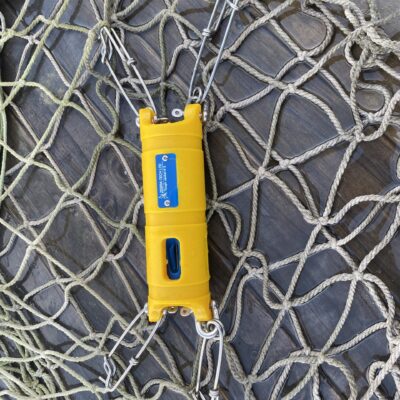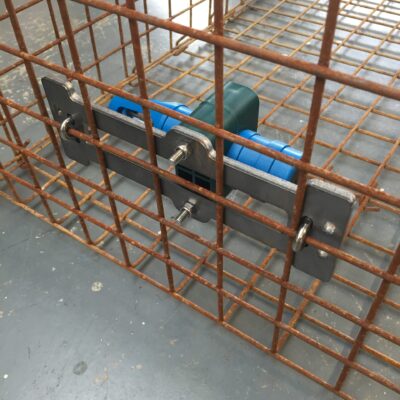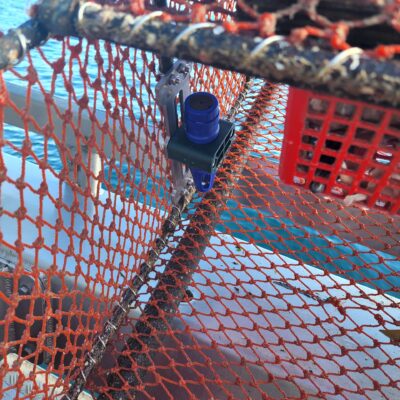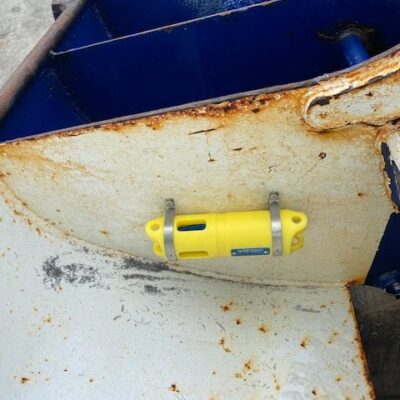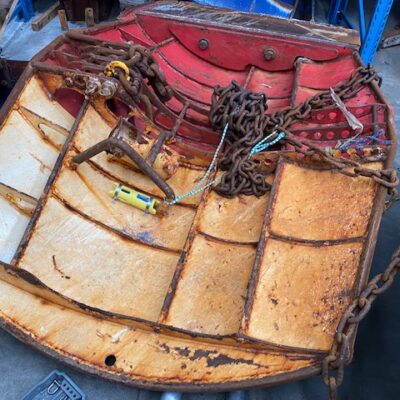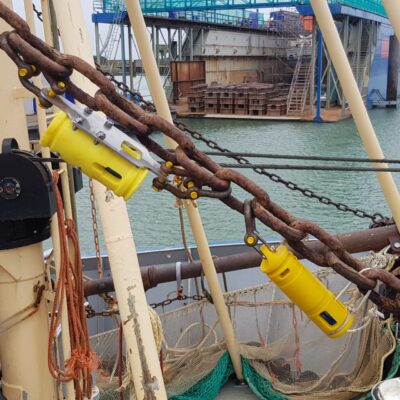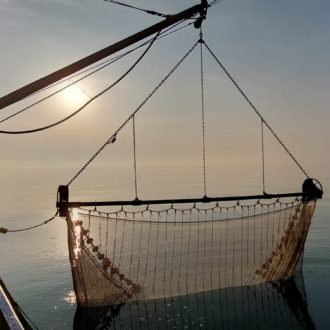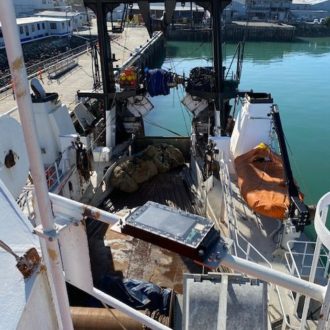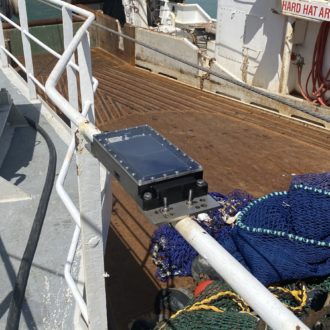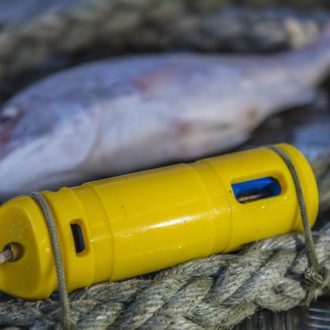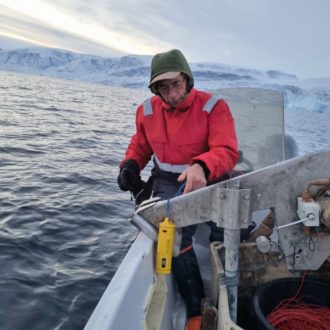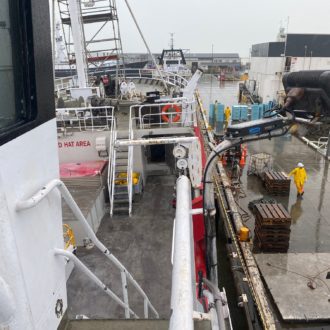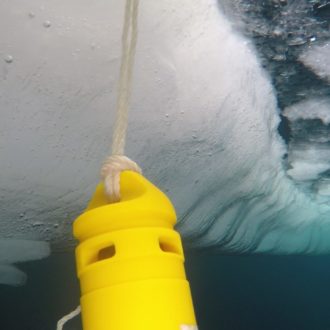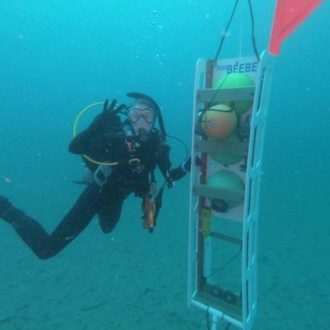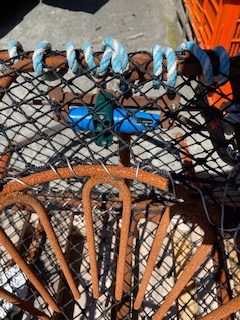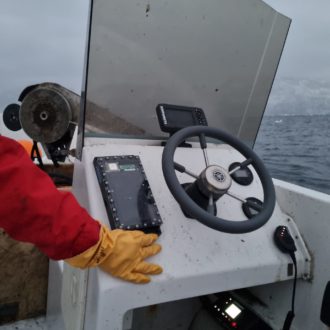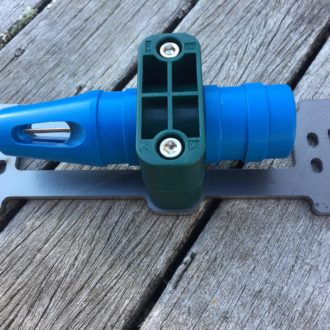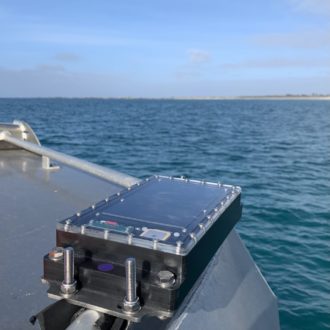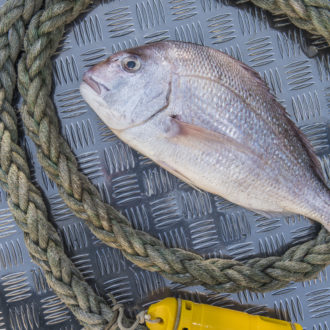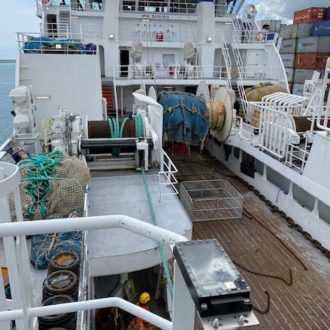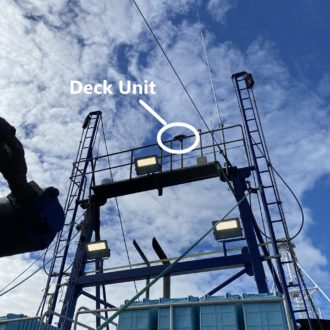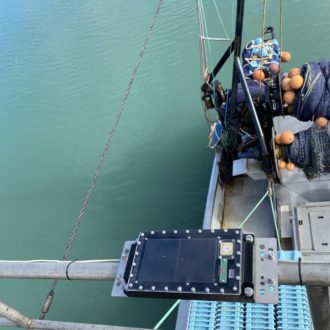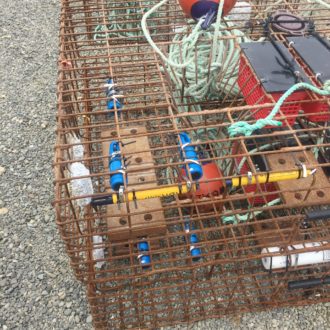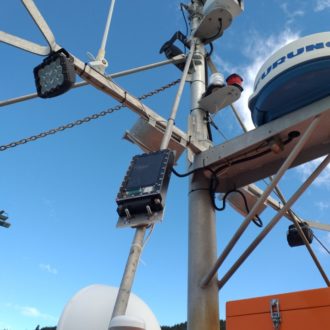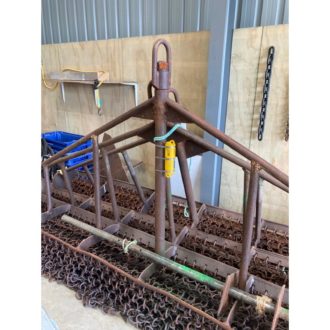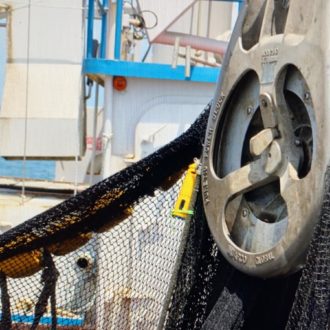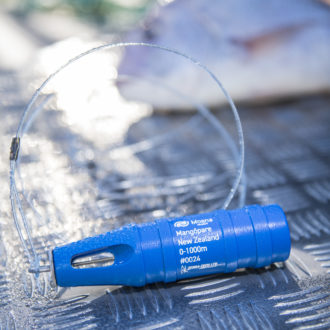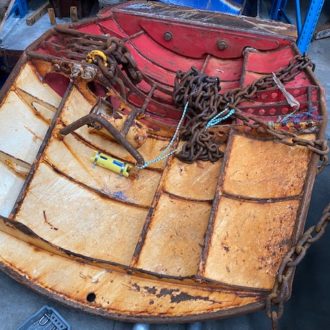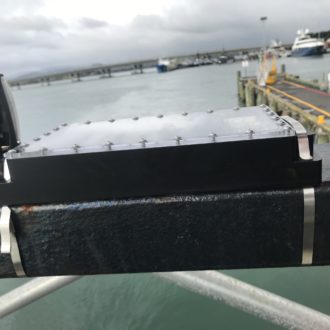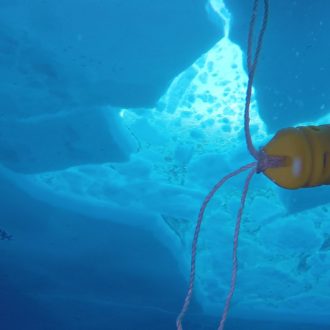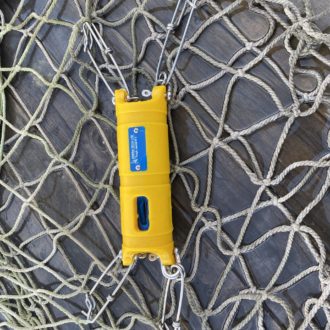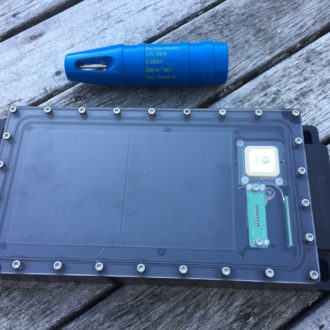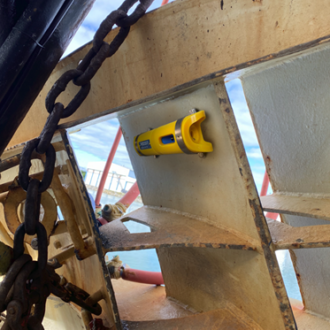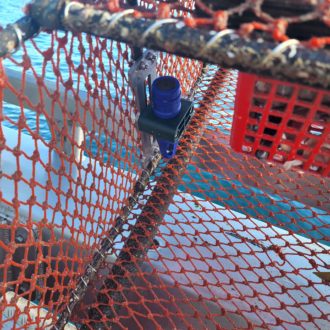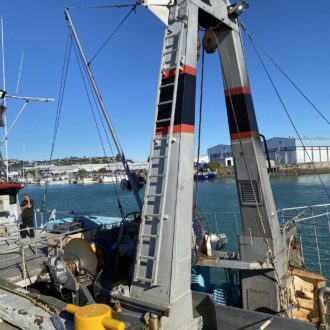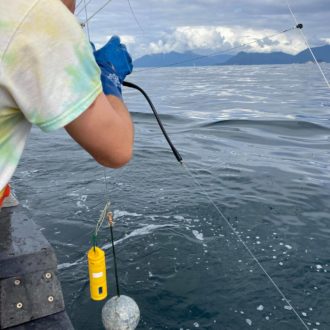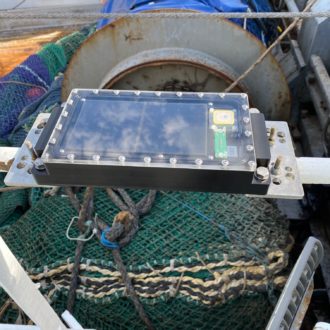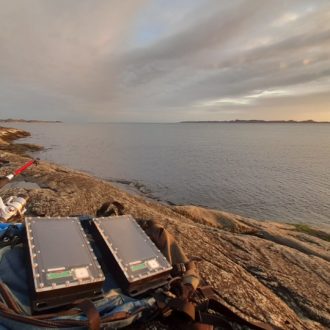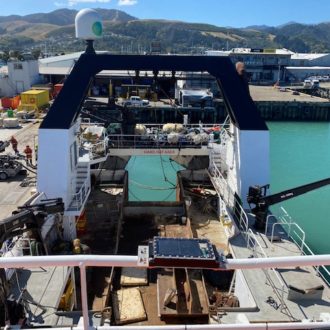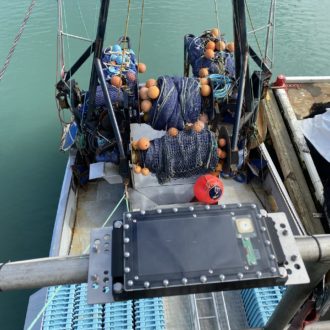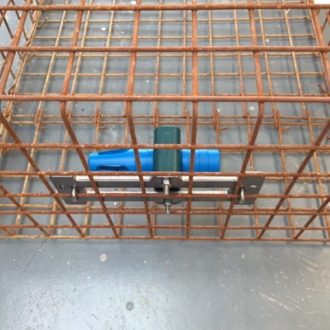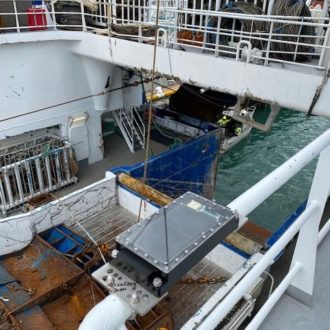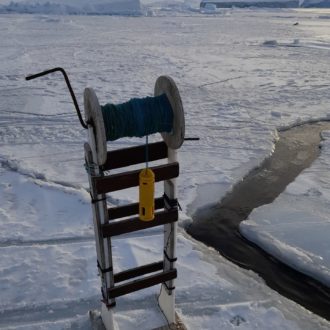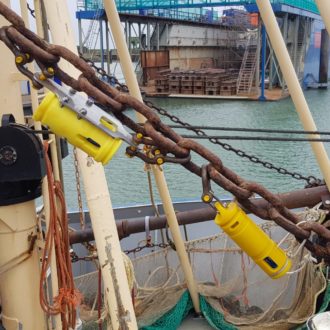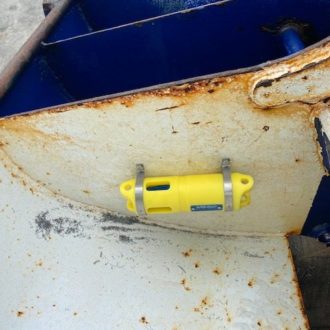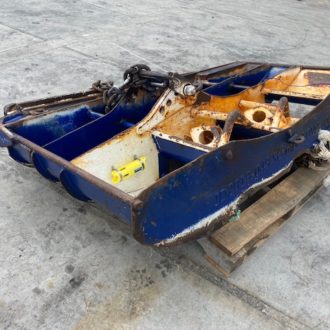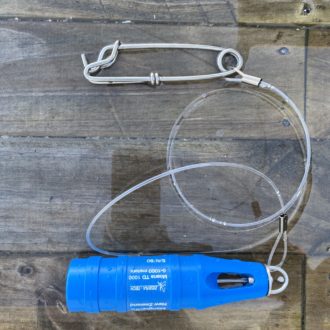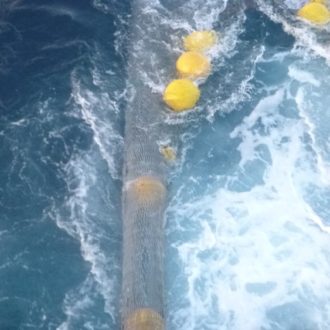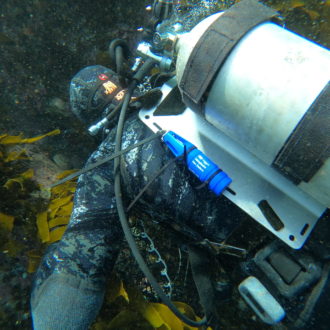Automatic Temperature and Depth Profiling
Moana systems are now in use all around the world: Europe, USA, Mexico, South America, Africa, Australia, New Zealand, the Pacific Islands, Greenland, Indian Ocean, Pacific Ocean, Bering Sea, the Southern Ocean…
The Moana System
The Moana TD Sensor and the Moana Deck Unit have been developed as a key part of the Moana Project (see below). The system has now been successfully rolled out to over 250 commercial fishing vessels around New Zealand, on boats ranging in size from small in shore day boats to deep water factory trawlers.
The Moana TD Sensor is a tough robust accurate sensor that can be quickly and easily attached to a wide range of commercial fishing gear. Once fitted, the sensor operates automatically, recording high accuracy temperature and depth data throughout the fishing event. When the fishing gear surfaces, the data is automatically offloaded to the Moana Deck Unit that is mounted on the vessel.
The Moana Deck Unit processes the data and then uploads it to the cloud. The system is fully automatic and so does not interfere with the fishing operation.
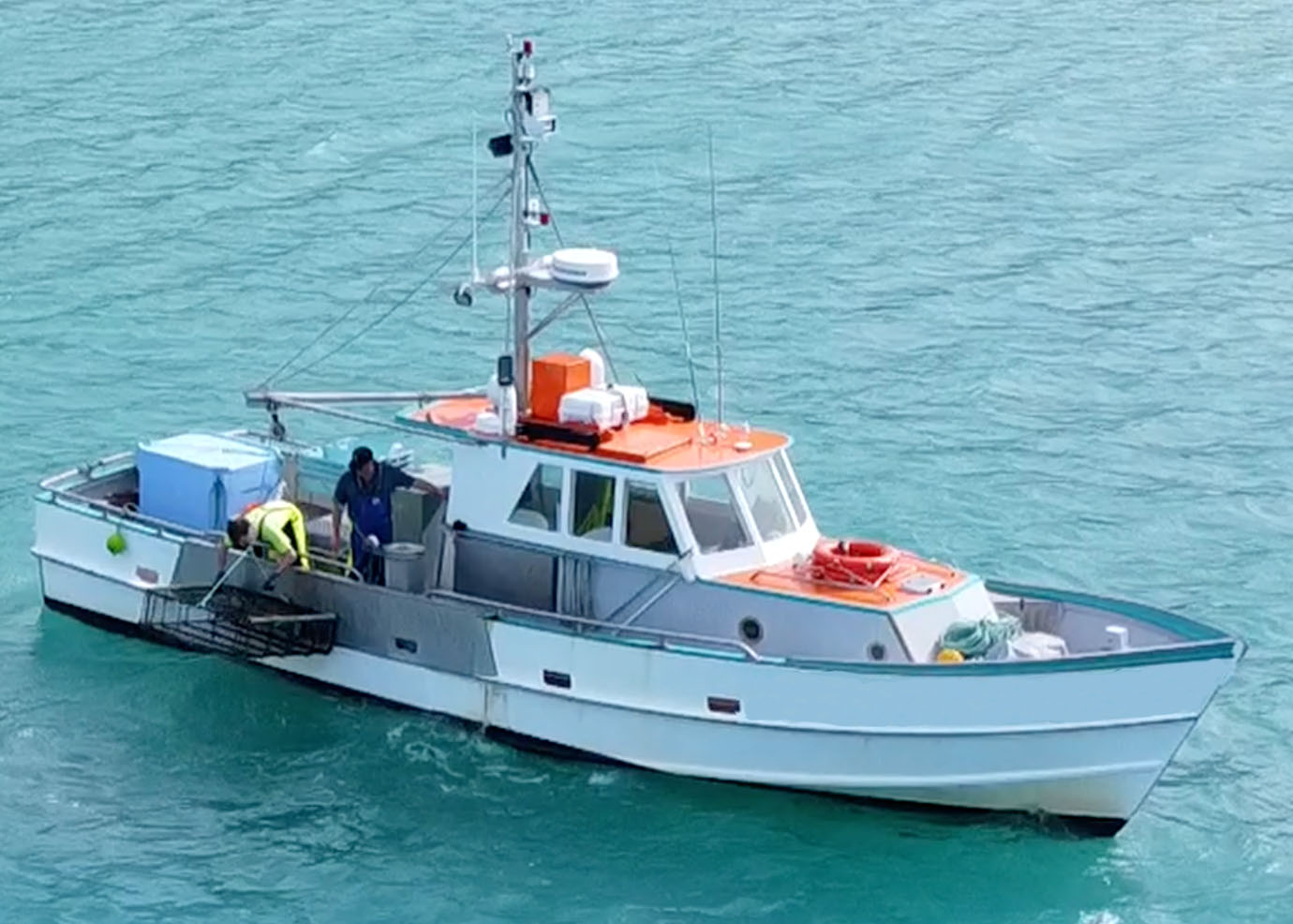
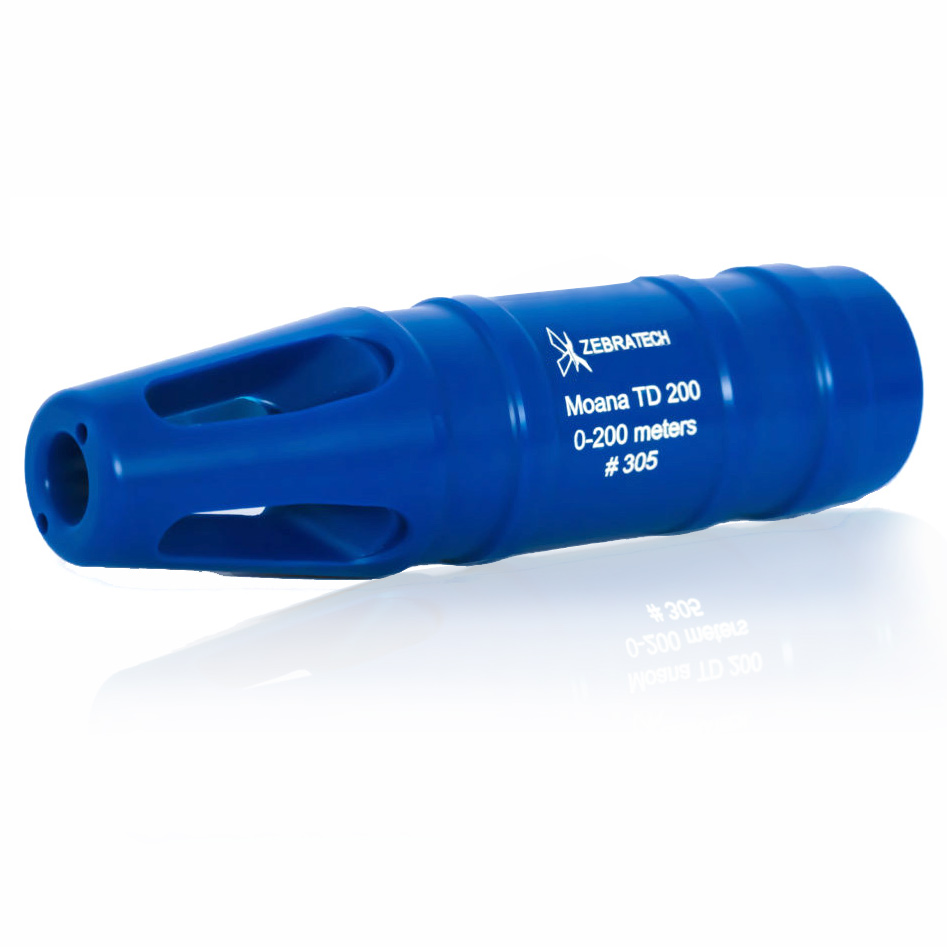
Moana TD Sensor
The Moana TD Sensor is a small, rugged, accurate temperature and depth sensor that has been designed, and engineered, to survive the tough operating conditions associated with Commercial Fishing.
The sensor continuously monitors its own environment, automatically compensating for barometric pressure changes, enabling it to reliably detect the start of a fishing event. During the event, the Moana TD Sensor adapts its sampling strategy, switching between profiling mode and time series mode, and applying a passive wave filter in shallow water.
When the fishing gear is lifted out of the water, the Moana TD Sensor quickly, and automatically, offloads its data wirelessly to the Moana Deck Unit.
Moana Deck Unit
The solar-powered Moana Deck Unit automatically offloads data wirelessly from the Moana TD Sensors when they surface.
The data is then post processed automatically to geo-position stamp each temperature and depth record, based on the Moana Deck Unit’s archive of positions.
When the Moana Deck Unit is within cellular coverage, it uploads the data files to a cloud server. Alternatively, it can do this over the vessels own Wi-Fi network.
The Moana Deck Unit is easy to mount, and once fitted, is fully automatic.
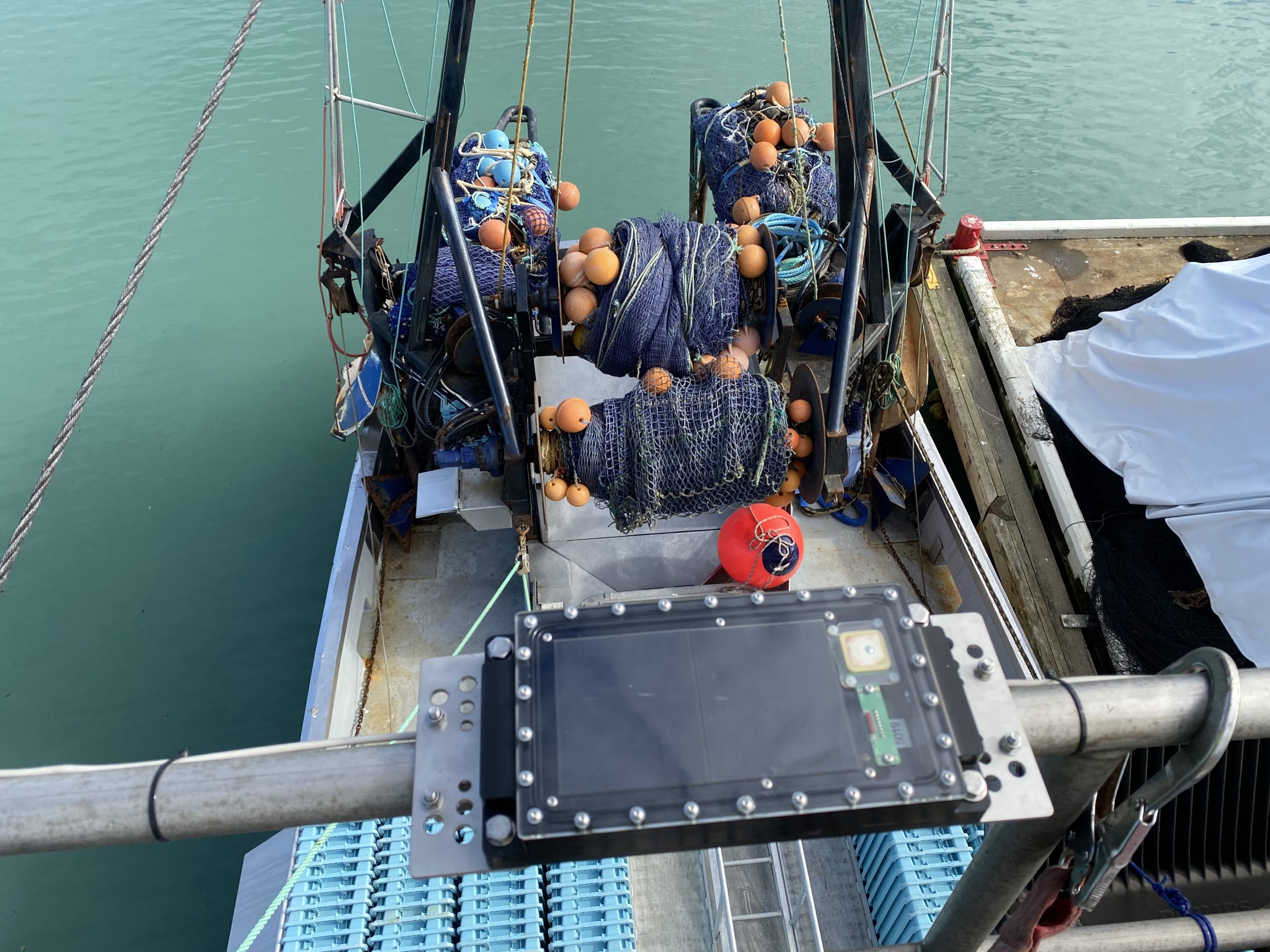
Moana TD Sensor Mounting Options
ZebraTech has developed a wide range of hardware to mount and protect the Moana TD Sensor on fishing gear, this includes mounting options for:
Pots
Trawlers
Nets
Long Lining
Hand Lining
Diving
Moana Dashboard
To successfully manage such a large fleet of sensors, ZebraTech operates a sophisticated dashboard that features sensor network monitoring and analysis, with visualizations and alerts.
Please contact us to discuss how the Moana Dashboard can help you manage your fleet of Moana TD sensors.
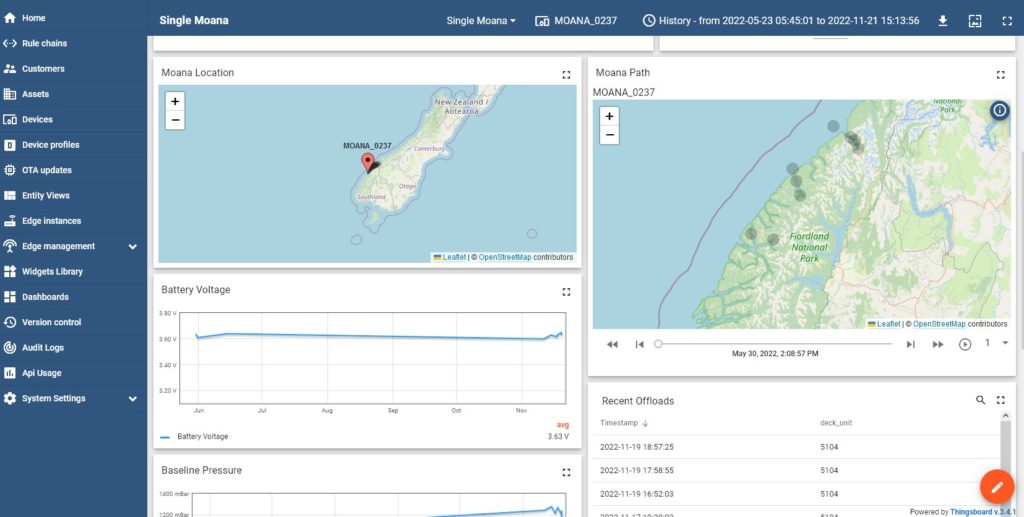
Moana TD Sensor Technical Specifications
Physical:
- Dimensions: 145mm Long x 40mm Diameter (TD200, TD1000)
Temperature Specifications:
- Temperature Accuracy: Better than +/- 0.05 DegC
- Operating Temperature Range: -20 DegC to +35 DegC
- Temperature Resolution: 0.001 DegC
- Temperature Response Rate: 1 second time constant
- Temperature Probe: Titanium
Depth Specifications:
- Depth Rating Options: 200m (TD200), 1000m (TD1000), 2000m (TD2000)
- Accuracy: +/- 0.5% or less of full scale
- Resolution: 0.1m
- Pressure Sensor: Ceramic
Operational:
- Battery Life: 2 years
- Calibration Interval: 2 years
- Data Storage Capacity: 62,000 records
- Offload: Through the Moana Deck Unit

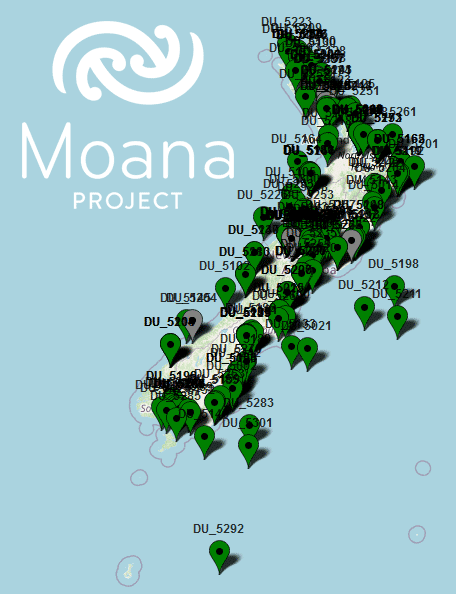
Moana Project
The Moana Project is a multi-organisation New Zealand project that was established in 2018.
The objective of the Moana Projects is to improve our understanding of the New Zealand coastal and ocean circulation, connectivity and marine heatwaves, and to provide information that supports sustainable growth of the Seafood industry.
As part of the Moana Project, ZebraTech developed the Moana TD (named Mangōpare within the Moana project) and the Moana Deck Unit, over 250 fishing vessels around New Zealand were fitted with this hardware. These vessels range from small inshore day boats to deep water offshore factory ships.
Every day many thousands of high-resolution, position based, sub-surface water temperature measurements from all around New Zealand are automatically reported into the MetOcean database.
The data is then used by both scientists and fisheries for a wide range of vital purposes, such as improved weather forecasting, marine heatwave modelling, optimising fishing activities, and climate change monitoring.

